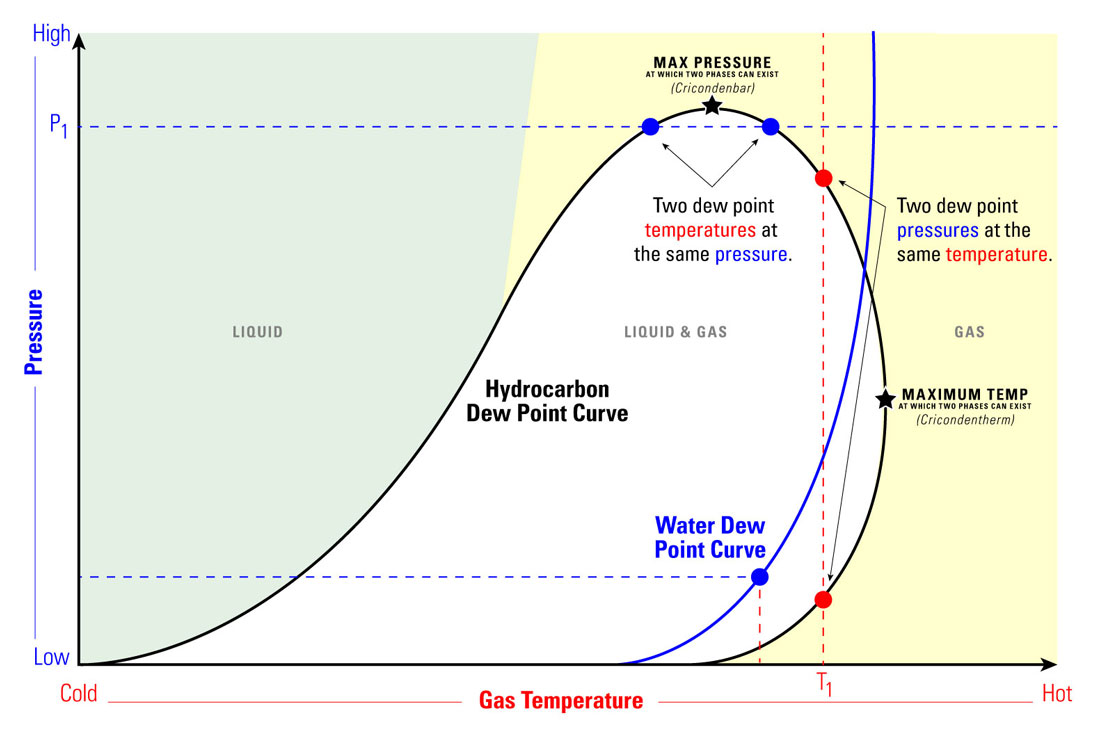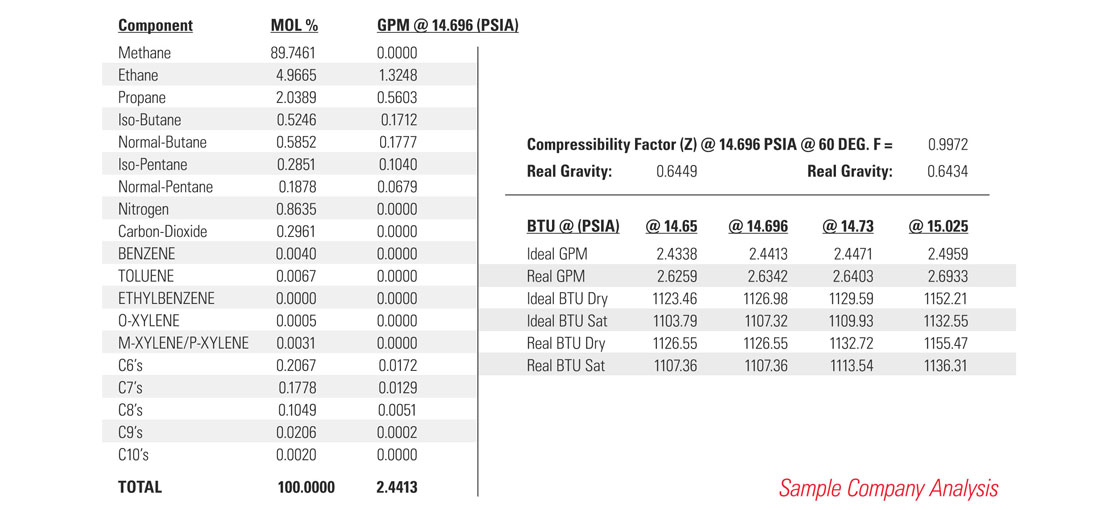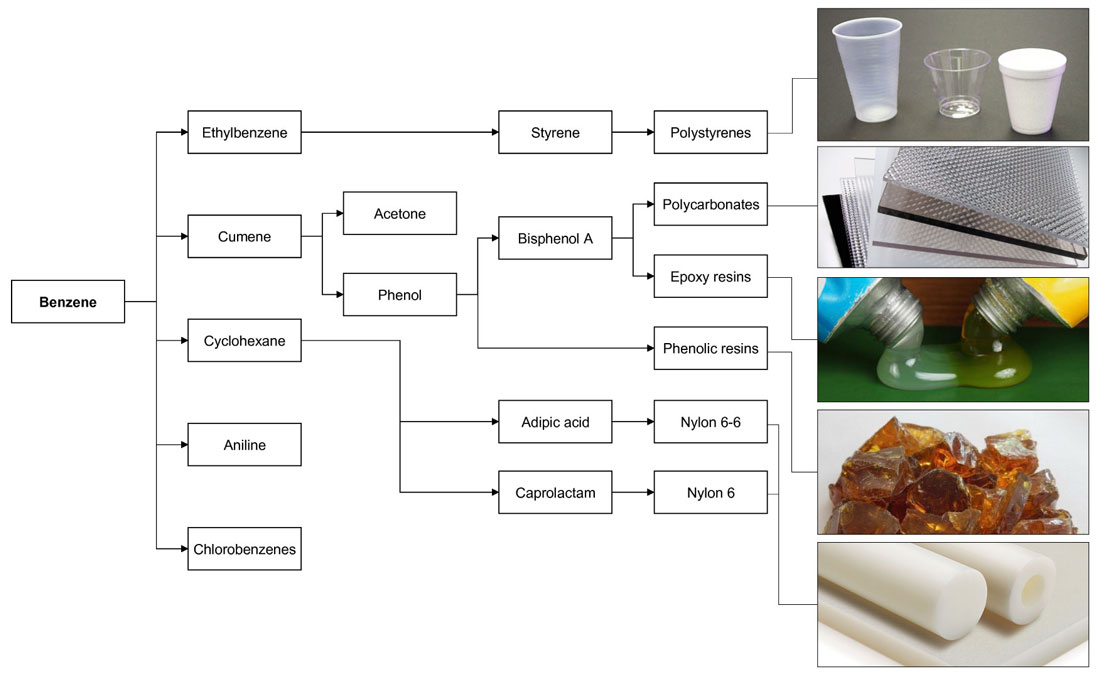Hydrocarbon dew point (HDP or HCDP) and water vapor dew point have significant effects on processes in the oil and gas industry.
In this blog we'll explain these two terms and their importance in natural gas production.
Hydrocarbon Dew Point
Untreated natural gas is a mixture of many different hydrocarbon gases. While it is primarily methane, it will often contain other hydrocarbons such as propane, butane, pentane, and hexane.
These hydrocarbons, like other liquids, go back and forth between liquid and vapor, depending on pressures and temperatures.
Hydrocarbon dew point is the temperature at which hydrocarbon components of natural gas begin to change their state of matter, from the gas phase into the liquid phase or vice versa.

The formed liquid, or condensate, exists as a liquid below the dew point temperature, but above the dew point the liquid is a gaseous component.
Sometimes it’s worthwhile to isolate and sell these other hydrocarbons depending on how much there is and their value. They may also need to be removed for safety reasons.

Hydrocarbon Dew Point Importance to Oil & Gas Industry
In the gas industry, “hydrocarbon dew point” is often referred to as just “dew point”. It’s a term that is used as a quality parameter. The dew point will be specified in contracts from producers through processing, transmission, and distribution companies to end users.
A producer will apply this principle to pull out different elements of natural gas during processing.
For example, if a producer needs to pull out Benzene, which is used to make items like plastic cups and resins, they must get their operating temperature to 176.2° F to extract that component.

Hydrocarbon dew point vs water vapor dew point in natural gas:
The term dew point often refers to hydrocarbon dew point. But another important data point is water vapor dew point.
While hydrocarbon dew point relates to when hydrocarbons condense, water vapor dew point relates to when water vapor in the gas mixture will condense. Both principles rely on temperature and pressure.
The dew point is the temperature and pressure at which the first drop of water vapor condenses into a liquid. It is used as a means of measuring the water vapor content of natural gas.
Keeping the gas stream above the water vapor dew point prevents condensed water from forming, which may lead to corrosion or ice blocks in piping, valves, or vessels.
Dehydration refers to removing water vapor from a gas to lower the gas stream’s dew point.
A common dehydration sales contract in the southern United States specifies 7 lb/MMSCFD; in northern United States it's typically 2-4 lb/MMSCFD.
Dew Point Terminology Confusion
In the North American natural gas industry, water content is stated in terms of pounds of moisture per million standard cubic feet (MMSCF).
One thing that can sometimes be confusing in our industry is that water vapor dew point is often communicated in terms of pounds of water or temperature. Either way, we’re talking about how saturated the gas is with water.
For example, a producer may say they want 7 pounds of water in their gas.
This tool below can help you identify the temperature and pressure required to achieve that specific water saturation level. Find your site’s operating pressure and temperature and identify the water content level where they intersect. If that number is above 7, you need to adjust your temperature and/or pressure accordingly.
However, if in the context of water vapor dew point, a buyer says “I want 30-degree gas”, they aren’t talking about the physical temperature of the gas; they are talking about the dew point.
If you want “30-degree gas”, find where that temperature intersects with your site’s operating pressure. That gives you the temperature and pressure needed to achieve it.
___
Want more information on this topic? Check out our video on 5 things to do if you’re not meeting dew point.
To speak with an expert about how hydrocarbon and water vapor dew point affect your operation, contact your local Kimray store or authorized distributor.








































